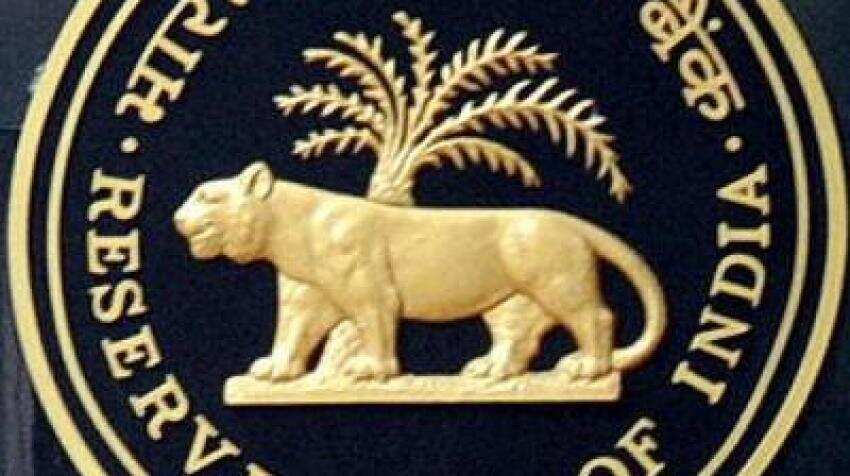RBI to have additional instrument for liquidity management
The proposal forms part of the Finance Bill 2018 which is scheduled to be approved by Parliament by March 31

The Reserve Bank will soon have greater flexibility in terms of managing its liquidity operations with the addition of one more tool 'Standing Deposit Facility Scheme' to its kit.
Finance Minister Arun Jaitley in his Budget has proposed to amend the RBI Act to empower the central bank to come up with an additional instrument for liquidity management.
The proposal forms part of the Finance Bill 2018 which is scheduled to be approved by Parliament by March 31.
"That is to provide one more tool for liquidity management. There is no more MSS (market stabilisation scheme)," Economic Affairs Secretary S C Garg told PTI.
The Reserve Bank proposed in November 2015 the introduction of the SDF by suitably amending the RBI Act.
This will provide the RBI a new tool for liquidity management, particularly in times when the money market liquidity is in excess to deal with post-demonetisation like scenario.
Post-demonetisation, the RBI ran out of securities to offer as collateral and had to temporarily hike its cash reserve ratio (CRR) to force banks to park extra deposits with it.
The CRR is the portion of deposits that banks have to compulsorily park with the RBI. Currently, the CRR is pegged at 4 per cent.
When the liquidity position under the Liquidity Adjustment Facility (LAF) is outside the comfort zone, the RBI uses a array of instruments to absorb/inject durable liquidity from/into the financial system and thus bring the residual liquidity gap ? as measured by the outstanding overnight LAF balance ? within the comfort zone.
These instruments include the CRR, Open Market Operations (OMO) and MSS at the moment.
"Introduction of this (SDF) facility would give greater flexibility to the Reserve Bank for managing its liquidity operations," the RBI had said in its April 2017 'Statement on Developmental and Regulatory Policies'.
The Urjit Patel Committee in January 2014 had suggested inclusion of new instruments in the toolkit of monetary policy for absorption of surplus liquidity from the system but without the need for providing collateral in exchange.
The standing deposit facility, the report opined could also be used for sterilisation operations with the advantage that it will not require the provision of collateral for liquidity absorption.
The provision of collateral for liquidity absorption had turned out to be a binding constraint on the reverse repo facility in the face of surges in capital flows during 2005- 08.
The Finance Bill proposes to insert a new clause in the RBI Act to allow it to accept "...Money as deposits, repayable with interest from banks or any other person under the Standing Deposit Facility Scheme...For the purposes of liquidity management".
Jaitley in the Budget Speech had said that to provide the central bank an instrument to manage excess liquidity, the RBI Act "is being amended to institutionalise an uncollateralised Deposit Facility".
Get Latest Business News, Stock Market Updates and Videos; Check your tax outgo through Income Tax Calculator and save money through our Personal Finance coverage. Check Business Breaking News Live on Zee Business Twitter and Facebook. Subscribe on YouTube.
RECOMMENDED STORIES

SCSS vs FD: Which guaranteed return scheme will give you more quarterly income on Rs 20,00,000 investment?

SBI 444-day FD vs PNB 400-day FD: Here's what general and senior citizens will get in maturity on Rs 3.5 lakh and 7 lakh investments in special FDs?

Looking for short term investment ideas? Analysts suggest buying these 2 stocks for potential gain; check targets

Small SIP, Big Impact: Rs 1,111 monthly SIP for 40 years, Rs 11,111 for 20 years or Rs 22,222 for 10 years, which do you think works best?
02:12 PM IST










 RBI: After another status quo year, all eyes on a growth-propping rate cut with new Guv at helm By Ashish Agashe
RBI: After another status quo year, all eyes on a growth-propping rate cut with new Guv at helm By Ashish Agashe Electricity distribution companies continue to remain a burden on state finances: RBI
Electricity distribution companies continue to remain a burden on state finances: RBI RBI imposes penalties on IndusInd Bank and Manappuram Finance for non-compliance of certain norms
RBI imposes penalties on IndusInd Bank and Manappuram Finance for non-compliance of certain norms Forex reserves drop $2 billion to $652.86 billion
Forex reserves drop $2 billion to $652.86 billion RBI flags rising subsidies by states as incipient stress
RBI flags rising subsidies by states as incipient stress